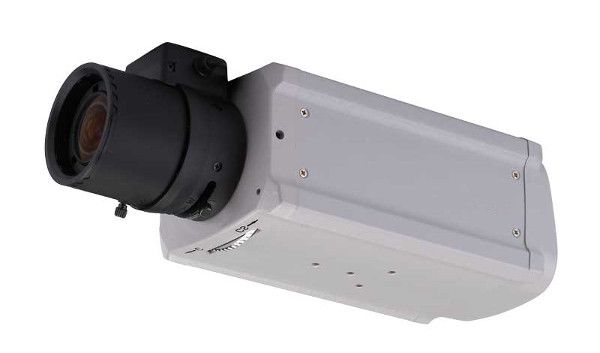
Box style cameras
Its name is derived from its shape. These types of cameras are standalone and usually have an indoor and outdoor variant.
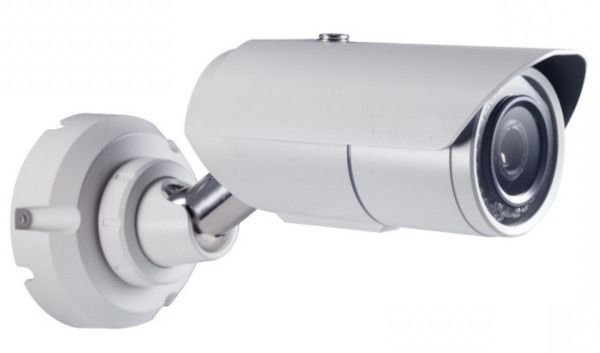
Bullet cameras
These security cameras have a cylindrical body shape like a rifle bullet. Useful in low-light areas and has a smaller footprint.
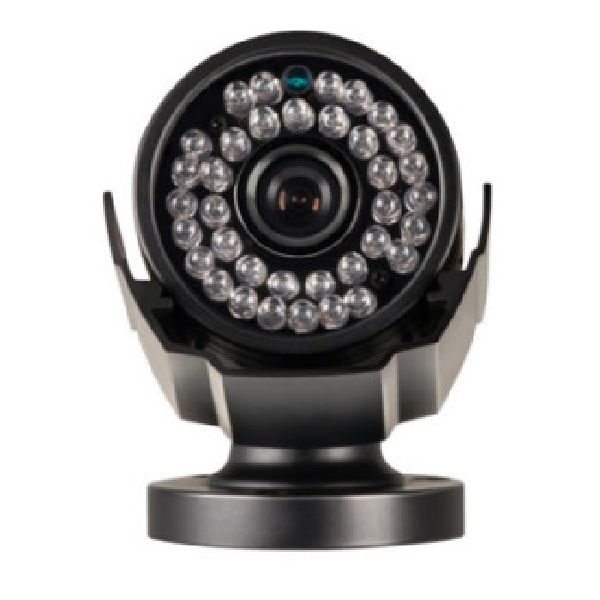
Day & night cameras
Typically used as an indoor or outdoor security camera. Usually retrofitted with an IR filter for low-light environments and conditions.
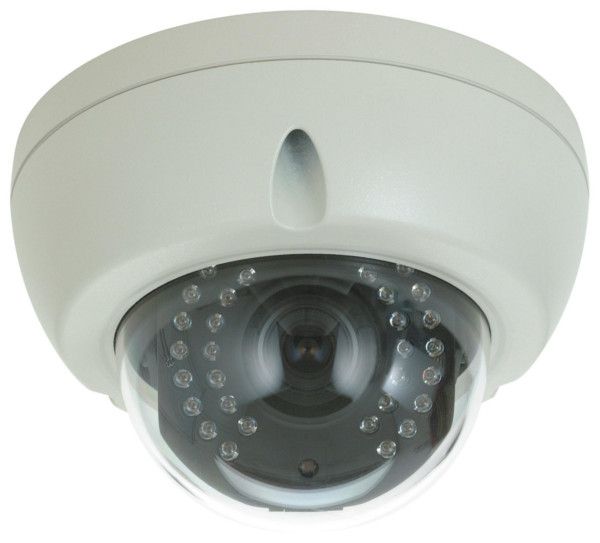
Dome cameras
These are ceiling-mounted security cameras. Named after their shape, these are compact and sometimes come in vandal-resistant housing.
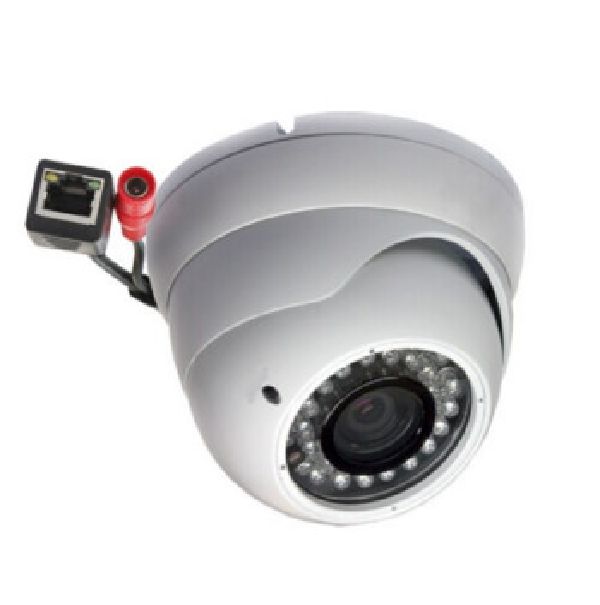
IP cameras
Transmits signals using Internet Protocol over a network. It is currently the latest camera type widely used due to its scalability and resolution.
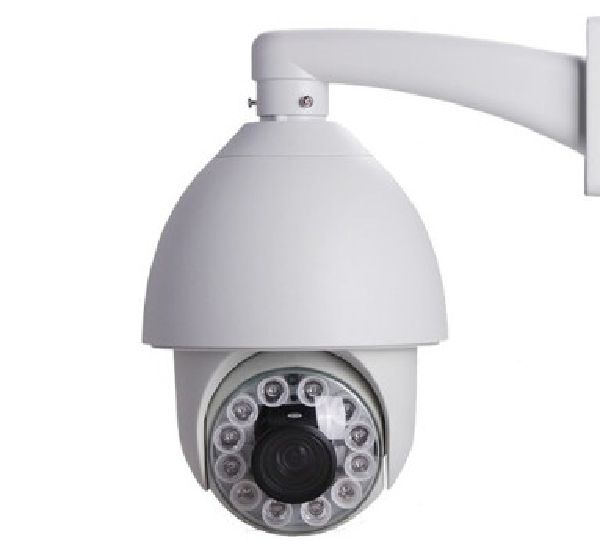
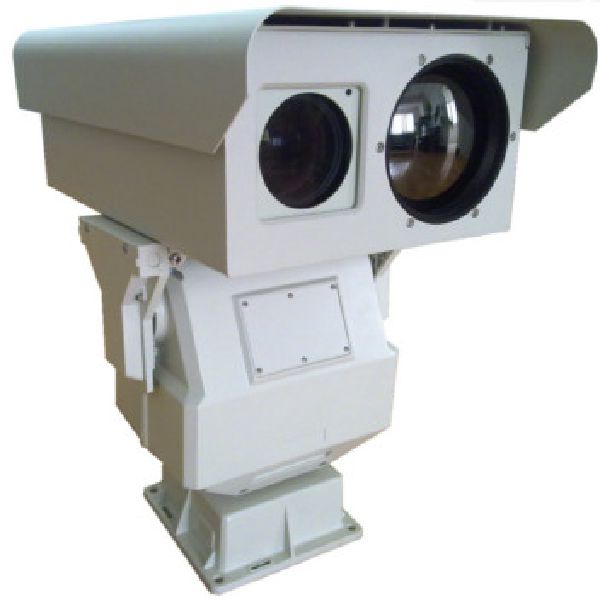
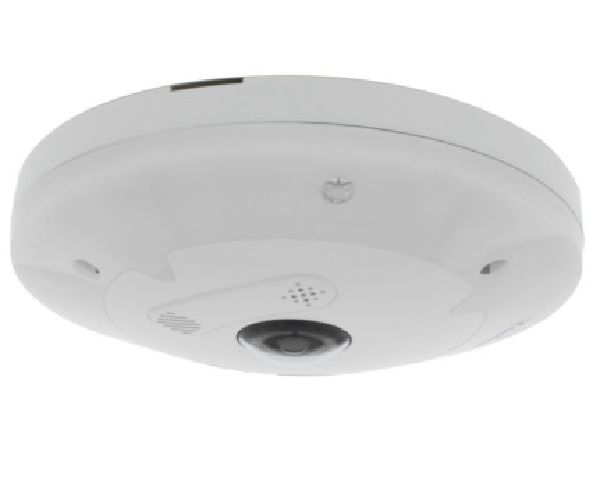
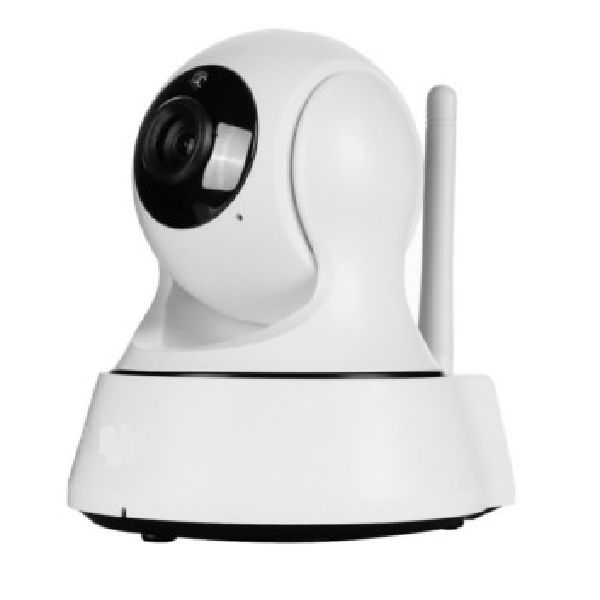
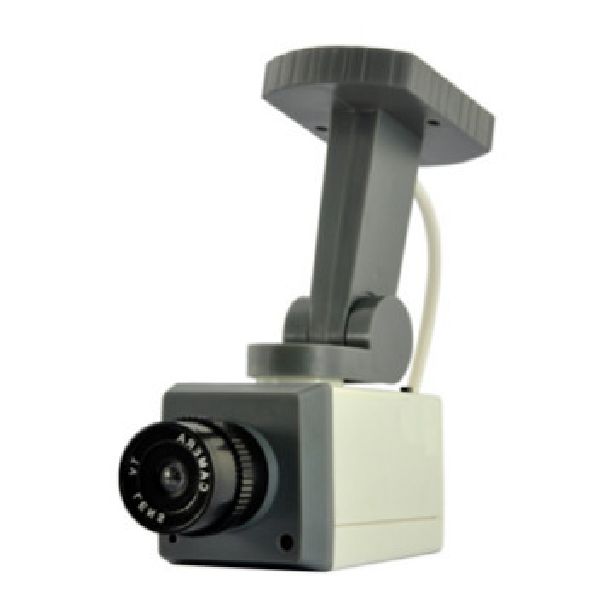
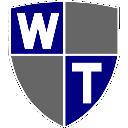
Share this page!